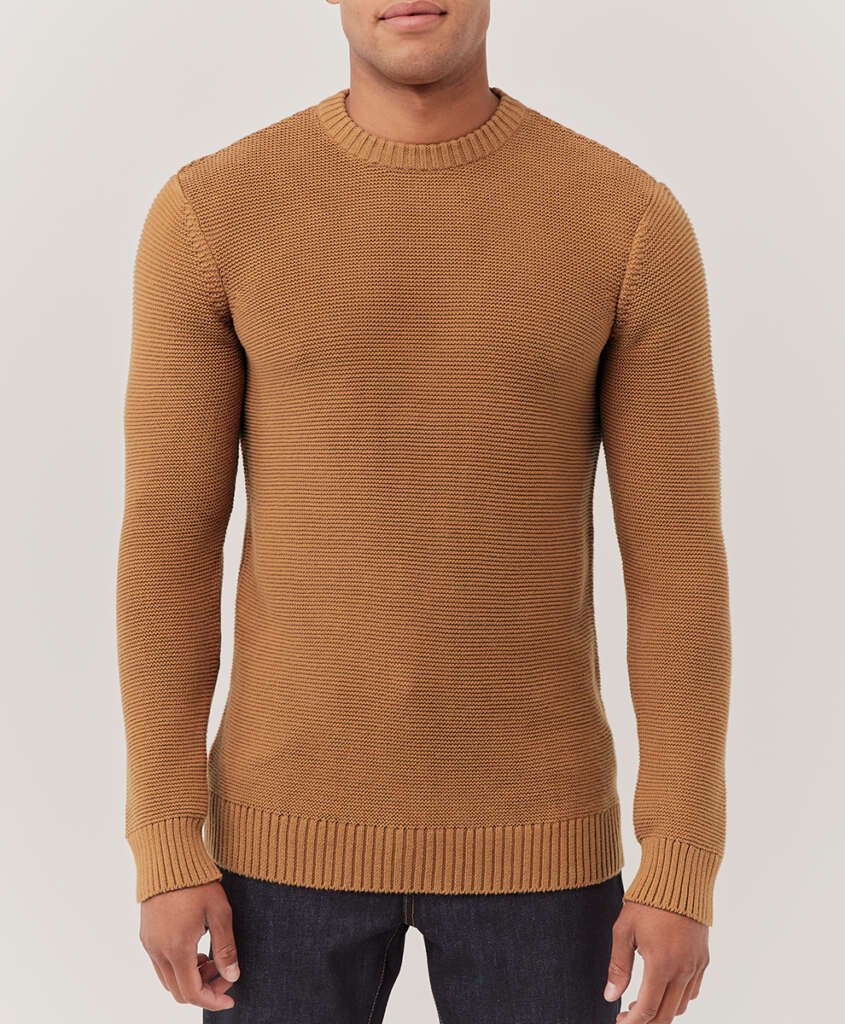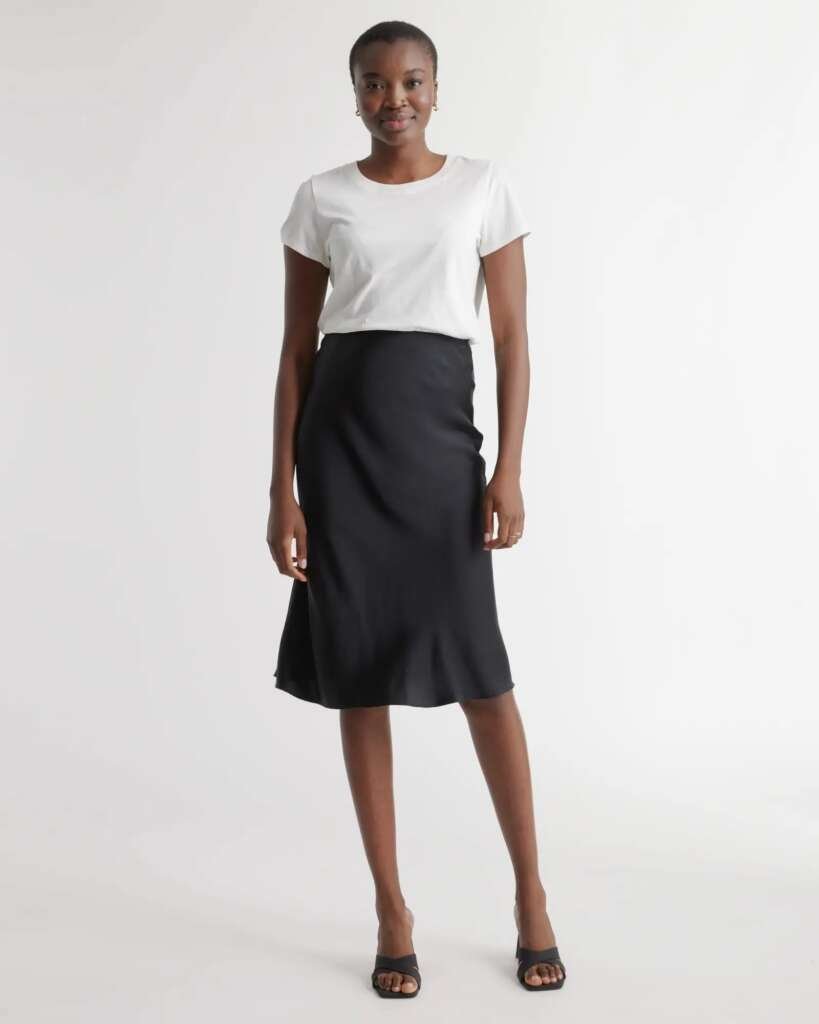The Most Sustainable Clothes Are The Ones You Can Repair

Share This Article
| All products featured on The Wellness Feed are independently selected by our editors for its environmental and ethical impact. However, when you buy something through our retail links, we may earn an affiliate commission. |
If sustainable brands make conscious choices to ensure that they’re clothing has the lowest environmental impact, then we as consumers have to make conscious choices to ensure that we wear and care for our clothing in the most eco-friendly way. One easy way to do this is to treat our clothing like our grandparents did and get to mending.
Who remembers their grandparents mending holes in sweaters or sewing on buttons? Taking the time to care for our clothing allows garments to last for longer and has a big environmental benefit as well- less waste. And, with waste being a big negative impact of the fashion industry, investing in sustainable clothes and tips to minimize waste is a conscious choice we should all try to make.
A few major retailers have caught onto this old school idea of mending clothes are a sustainable way to reduce waste. The British start-up ‘Save Your Wardrobe’ connects customers with repair specialists. And, some brands offer to repair their clothing for as long as you have them. But, as a society that has become used to the throw-away model of fast fashion, a few of us might need a refresher about why mending is even important and how to shop for clothes worth mending.

The Impact Of ‘Landfill Fashion’
The constant rotation of new styles from fast fashion has created a buy-and-waste model that has detrimental environmental and human impacts. On one end you have the low price that lures shoppers to purchase an average of 68 new garments yearly. Often times these garments are made via slave labor and unlivable wages. On the other end, you have a staggering amount of waste. Clothing made that cheaply and that quickly is not made to last. That contributes to the fact that these garments are worn an average of 3 times or less before being thrown away. Some research suggests that the average American throws away an estimated 80 lbs of clothing each year, which has doubled over the last 20 years.
The impact from excessive clothing waste can be seen in the waste of resources and the polluting effect of clothing entering landfills. Here are a few quick statistics to read now. You can also read more about the negative environmental and social impact of fast fashion here.
- 10% of greenhouse gas emissions are caused by the apparel and footwear industries.
- 20% of water waste worldwide is from the textile dyeing.
- 57% of all discarded clothing ends up in landfills.
- 17 million tons of textiles are thrown out yearly.
- Some textiles like polyester can take 200+ years to decompose.

How To Shop For Clothes Worth Mending
One part of the fast fashion model is that clothing is made to fall apart. While the designs are visually appealing, the fabrics and the stitches used are such a low quality that most items won’t last past a few wears. And, they’re designed that way. Because, the more customers buy, the more money a brand makes. So, we as consumers have been conditioned by marketing campaigns and glossy advertisements to think that we need to buy, buy, buy. But, the reality is that investing in quality pieces and capsule wardrobes are not only better for our wallet, but also the planet. And, these are the pieces to shop for, because they’re worth mending.
The world now consumes about 80 billion new pieces of clothing every year. This is 400% more than the amount we consumed just two decades ago.
‘True Cost’ Documentary
There’s a skill set to making and shopping for clothing that is made well. These garments are quality pieces made to withstand the wear and tear of life. And, when a button or hem needs to be mended, the investment (whether that’s time or money) is worth it to extend the life of an item by a few more years. As a shopper there are a few key areas to look out for and a few tips to buy quality pieces worth mending. You can also read a full article about shopping for quality pieces here along with tips about how to properly care for sustainable clothes.

- Cost doesn’t equal quality. Sustainable clothes do have a higher price point that comes at the cost of living wages and better fabrics, like organic cotton vs conventional cotton. But, that doesn’t mean that you have to buy the $200 t-shirt in order for it to be quality. You can shop within your budget and still find a quality piece that is more affordable.
- Fabrics matter. The best sustainable clothes are made from natural, organic fibers that are biodegradable. You can read more about sustainable fabrics here. But, whether you’re purchasing a dress made from cotton or polyester, you’ll want to look for quality. One way to do this is to put your hand behind the fabric and hold it up to the light. Can you see your hand through the material? Are the threads tightly woven? A denser fabric with tightly packed threads is usually a higher quality, meaning that it’ll last longer.
- Check out the seams. Flip a garment inside out at the hem. Sloppy seams that are coming apart mean that it’s a sloppily made garment that will fall apart soon. Ideally, quality garments have straight, reinforced seams to ensure that garments will last longer.
- Buttons & Zippers matter too. Tattletale details like quality buttons and zippers can tell you a lot about a garment too. Look at how the pieces are sewn on. They should feel sturdy and the threads should be neat and clean.
